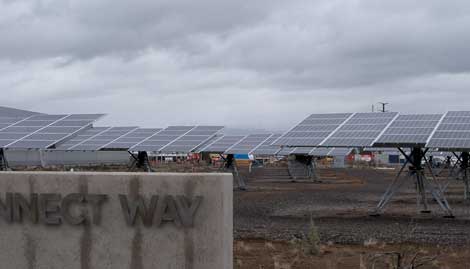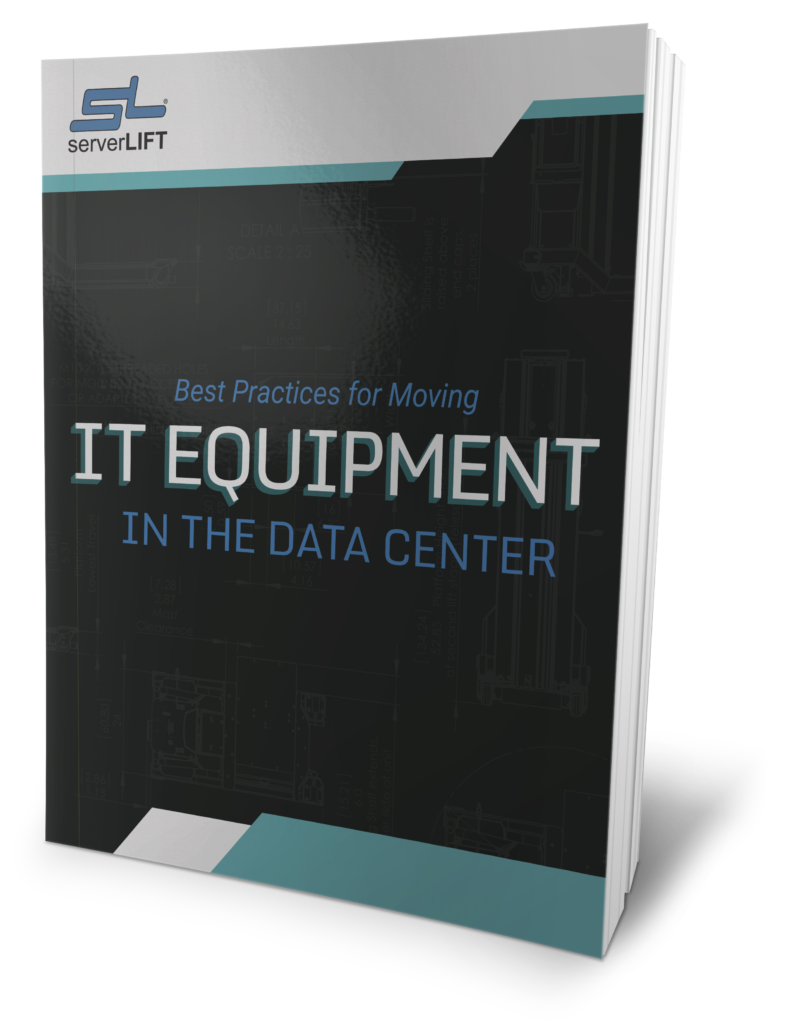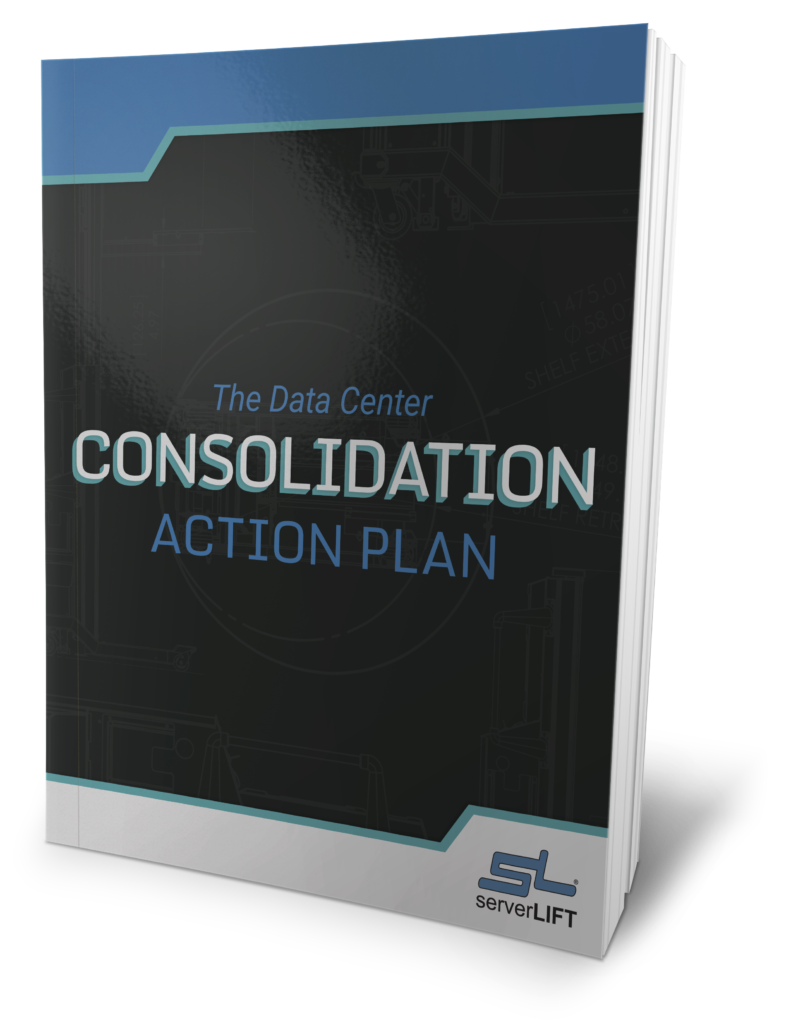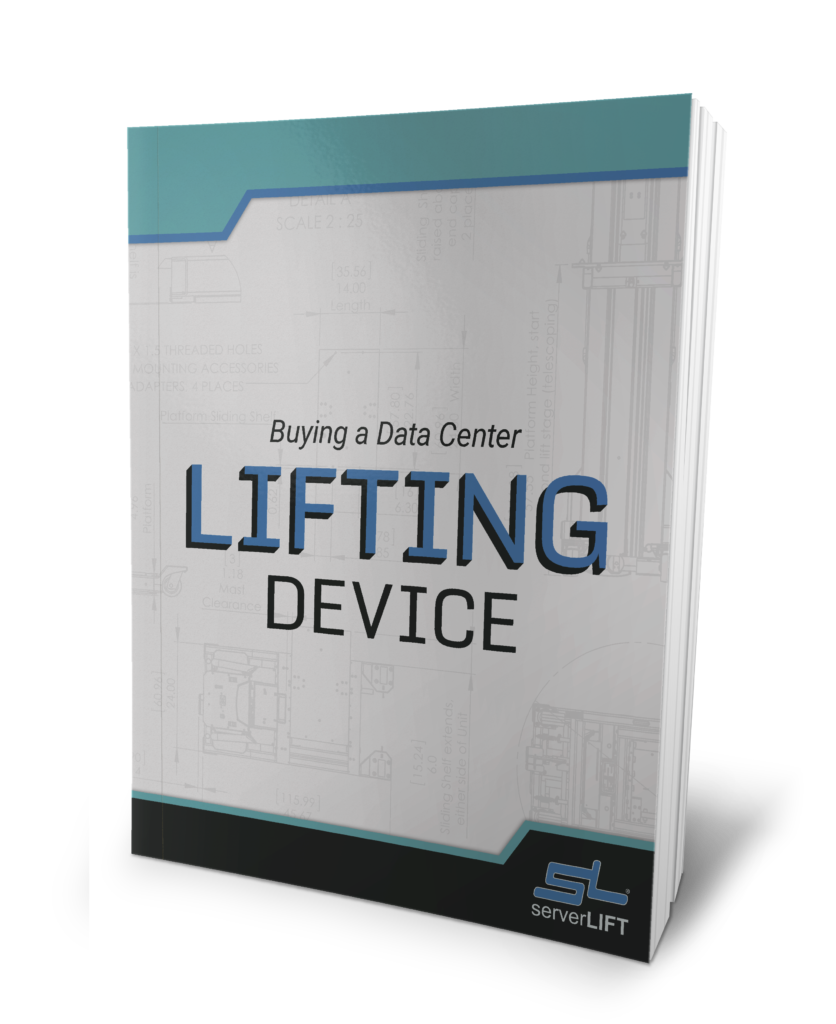A Green Data Center Powered by Solar Arrays:
Is It Worth All the Hype?
Solar power is quickly becoming the hot new topic for the green data center, and better data center operations. Nothing else quite shouts “I’m going green” like installing a couple hundred acres of solar panels next to your power hungry, coal guzzling data center. Few things are more capable of blatantly making you look like you’re environmentally conscious. In an age where everyone is trying to care about the planet, it seems that installing a solar array is the industries way of doing it. But how effective and efficient are these solar panels really?
Apple, Facebook, Cisco, Google, EBay, and Emerson Network Power have all jumped on the green bandwagon. It makes perfect sense on the surface. It’s the ultimate renewable resource. The sun shines, it does so every day, and it will continue to do so every day for millions of years to come. Every watt diverted to a data center has absolutely no effect whatsoever upon the sunlight that the rest of us receive today or that we shall receive tomorrow. So if you’re located in sunnier climates, surely it’s a no-brainer right?

But do these solar arrays make sense, given the current economics of solar energy and the volume of power required to support a modern data center? James Hamilton of Amazon Web Services, who often presents on data center economics at industry conferences, challenges the wisdom of solar in a new blog post.
“I love solar power, but in reflecting carefully on a couple of high profile data center deployments of solar power, I’m really developing serious reservations that this is the path to reducing data center environmental impact,” Hamilton writes. “I just can’t make the math work and find myself wondering if these large solar farms are really somewhere between a bad idea and pure marketing, where the environmental impact is purely optical.”
Solar power isn’t widely used in data centers because it requires a huge installation of panels to produce even a small fraction of the amount of energy required by most facilities. While some arrays, like the ones located at Facebook’s Oregon Facility, efficiently provide power for office space rather than the actual servers, it still seems to be a bit of a marketing and PR ploy. Even when considering Apple’s proposed monster 20 megawatt, 171 acre, facility in North Caroline, the output just doesn’t add up. Hamilton recently estimated that all of those panels on their 171 acres, only contribute around 3.2 MW to the data center’s power requirements; requirements that Hamilton calculates to be around 78 MW. That’s a measly 4%, which really is nothing at all.
So what are the economics of solar from a marketing perspective? It’s probably not an accident that, as if overnight, solar arrays magically appeared after Facebook took a public relations beating from Greenpeace, which launched a high-profile “Unfriend Dirty Coal” campaign to protest the low volume of renewables in the power sourcing for its Prineville facility. Even Apple couldn’t seem to appease Greenpeace, who used the launch of their “new iPad” to bash the company for relying upon coal-sourced energy from the local utility.
“Apple could apply the innovative spirit so evident in its latest iPad to its iCloud by powering it with renewable energy like wind and solar,” said Greenpeace Senior Policy Analyst Gary Cook. “Or, it could continue to lag behind the rest of the industry by sticking with coal, a 19th-century technology that poisons communities and the climate.”
Like Hamilton, Cook argues that the solar array is inconsequential given the overall energy used by Apple. “While Apple has been more than happy to draw the media’s attention to how large the solar farm is, it has kept its lips stapled firmly shut when it comes to just how much coal will still be required to power the cloud.”
So, why the enthusiasm for solar? It certainly isn’t making an impact on the energy bills and greenhouse emissions. And definitely isn’t impressing Greenpeace by any means. So it seems all that is left is purely the marketing and image value. Going green makes companies look good. They can put a check in the cute little “green” box. And customers, consumers, and law makers think they care.











